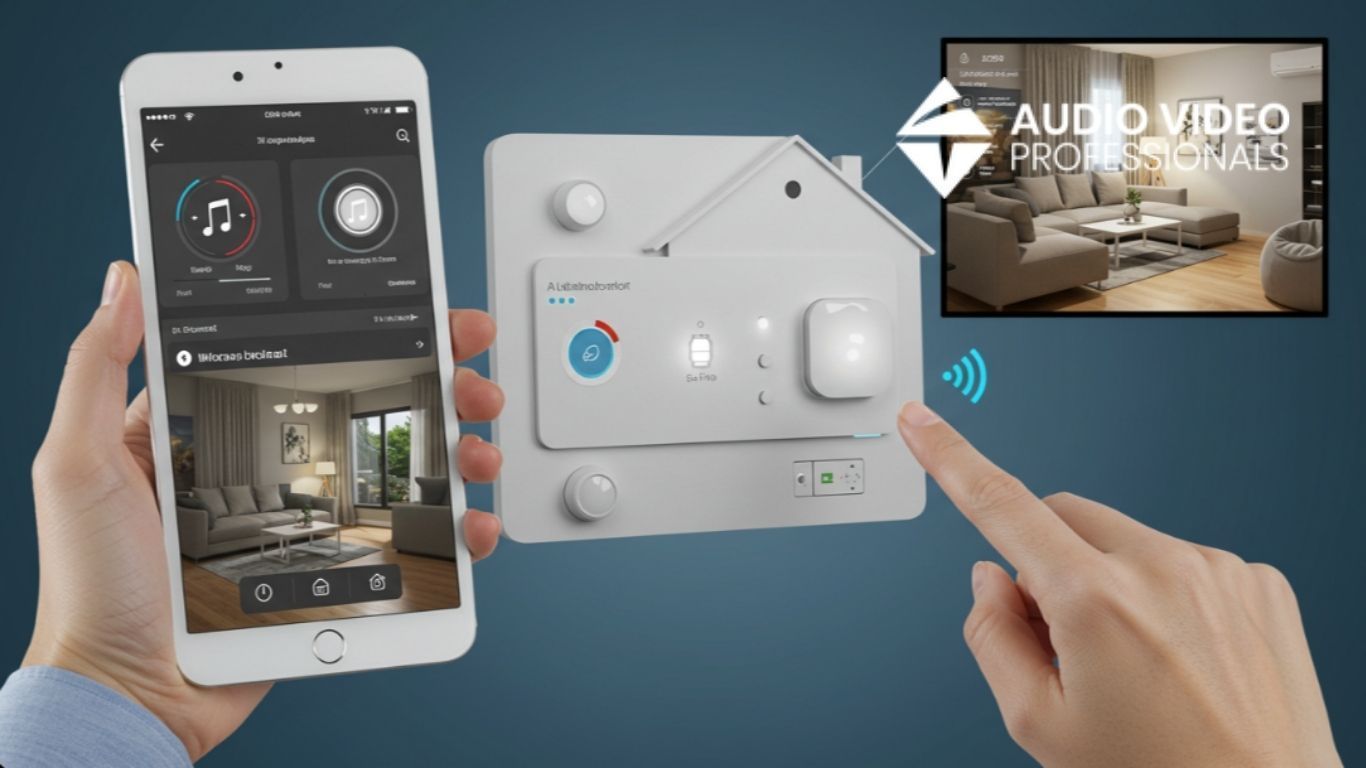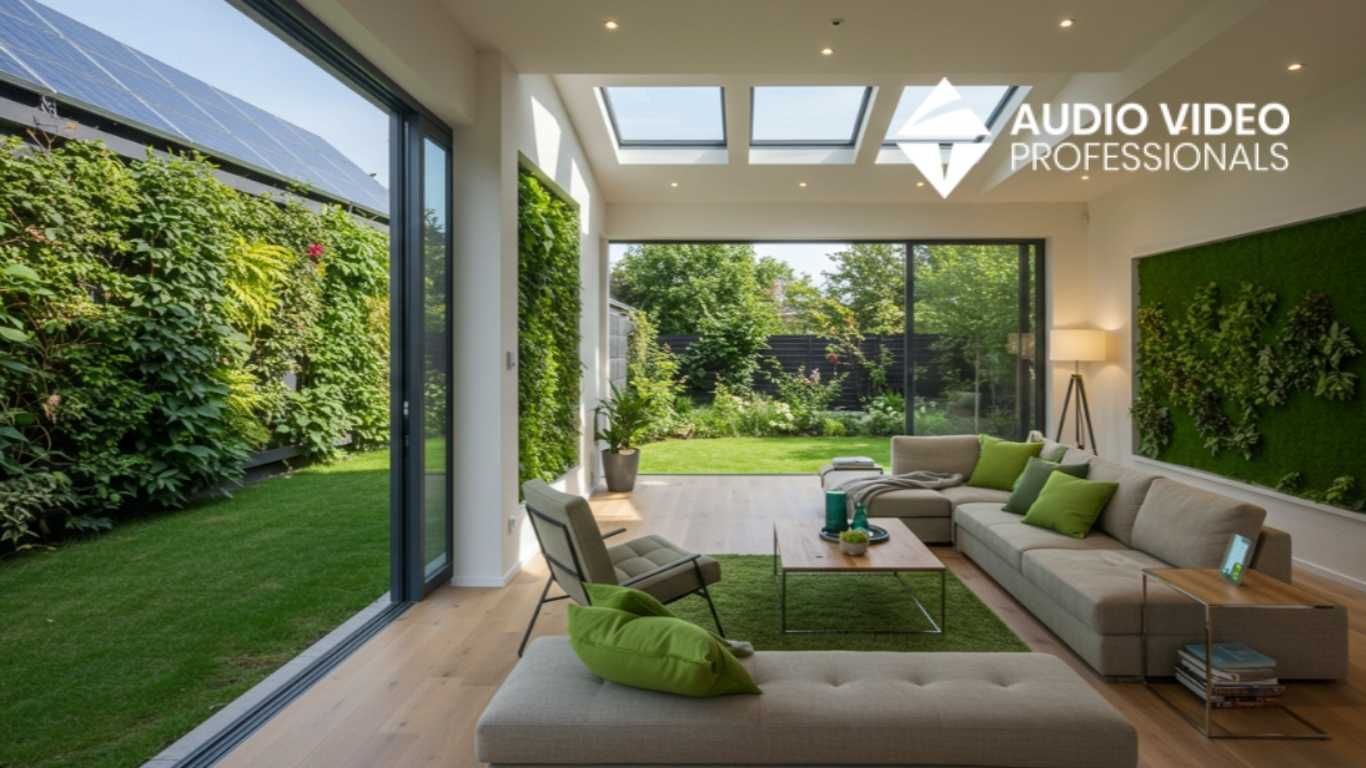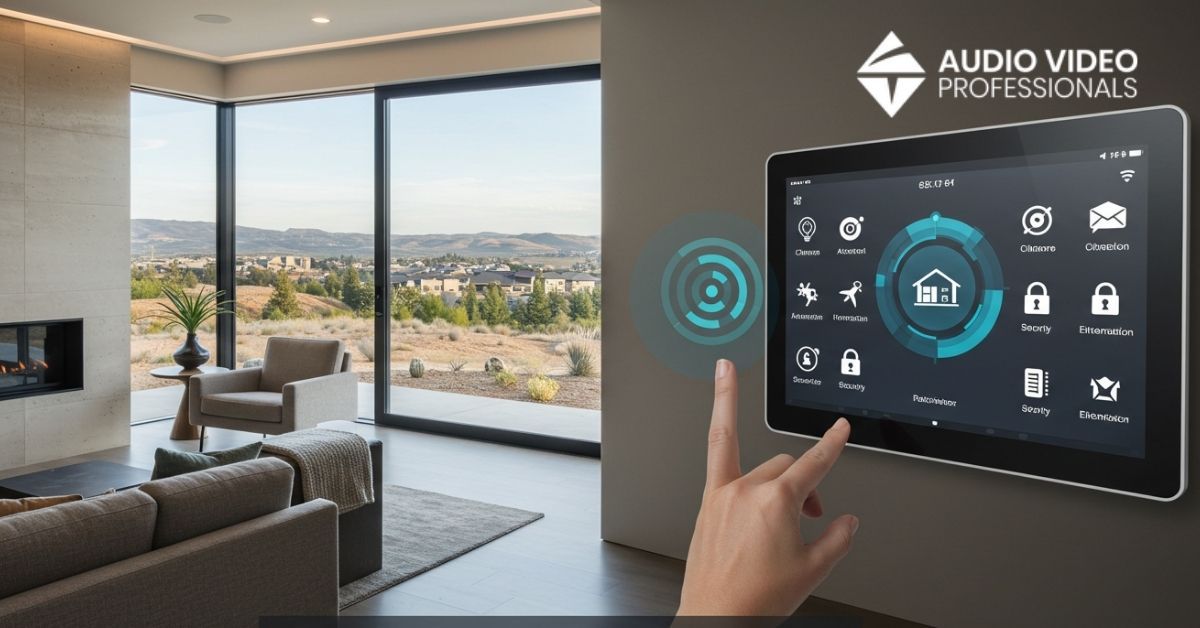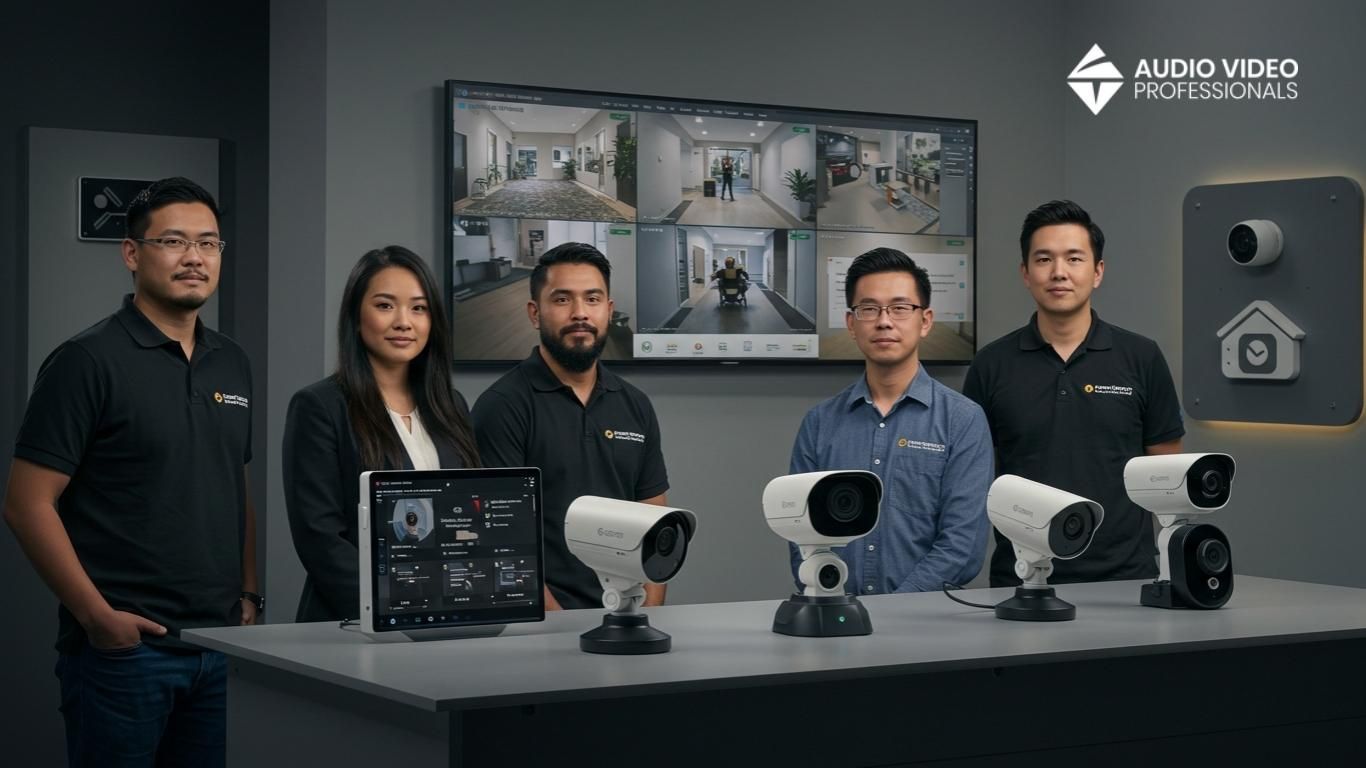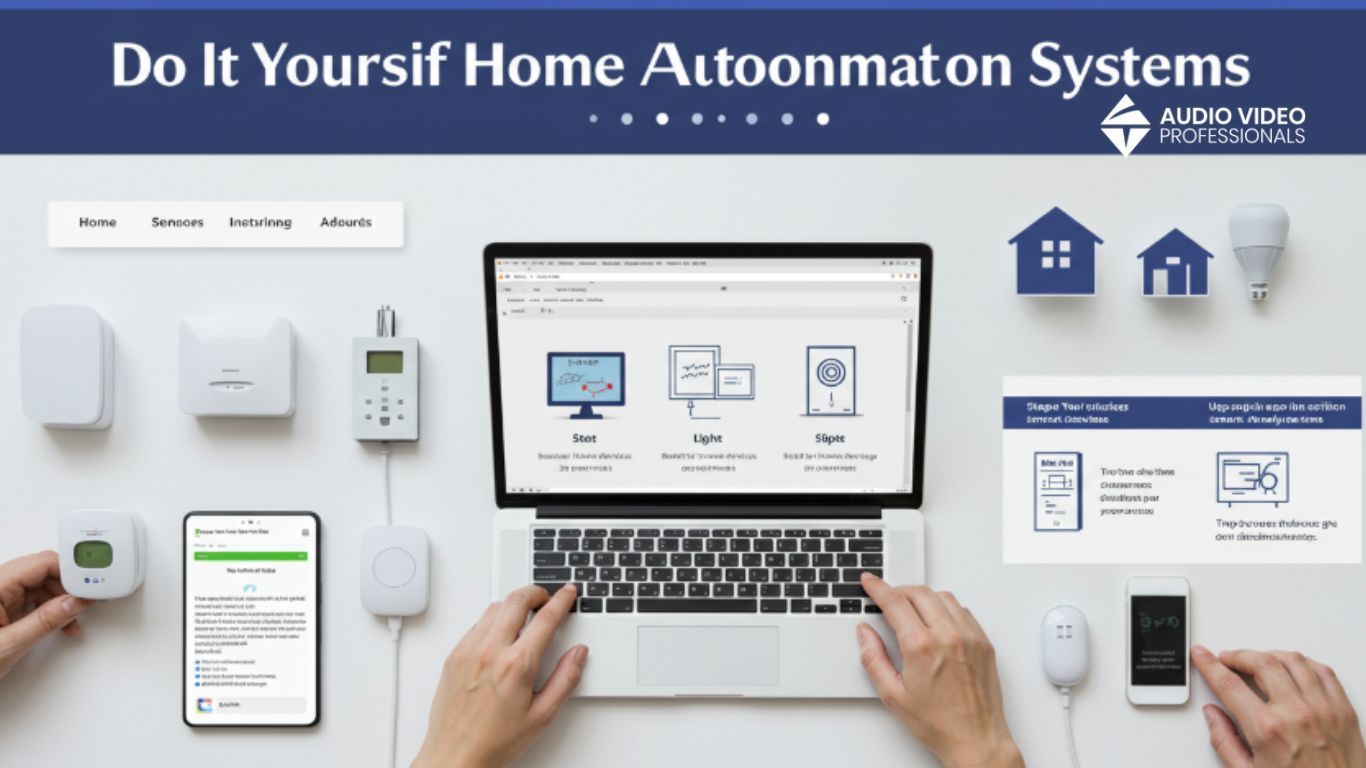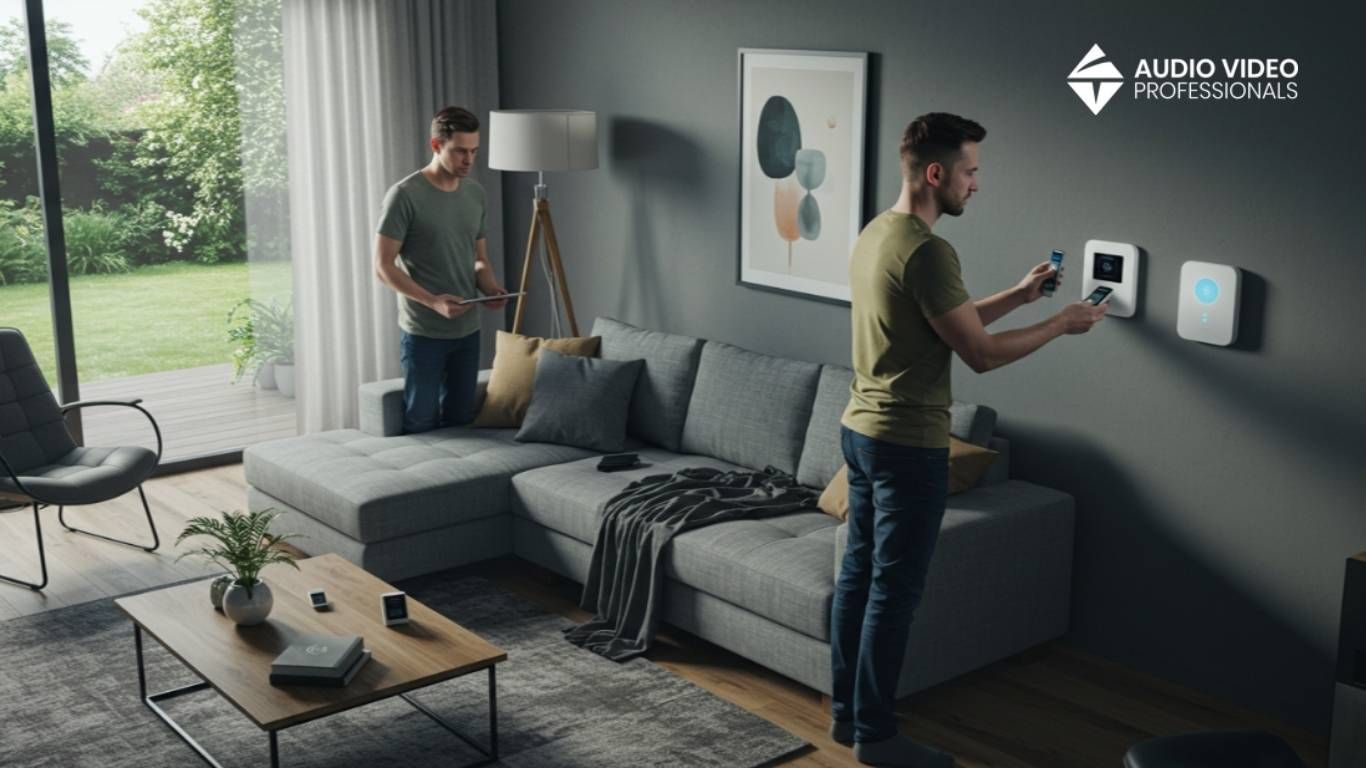Home Sweet Smart Home: A Comprehensive Guide to Smart Home Installation, Setup, and Maintenance
Smart homes are becoming increasingly popular these days as they offer an easy and stress-free way to monitor your home and automate time-consuming tasks. But setting up a smart home system is no small feat and can be a complicated process for a first-time user. This guide will provide a comprehensive overview of what you need to know about smart home installation, setup, and maintenance.

What is a Smart Home?
A smart home is a residential home that has been equipped with devices and appliances connected to a network. This enables the user to control and monitor these devices via the internet or an app. The devices and appliances range from security cameras, thermostats, lights, locks, sound systems, and more.
Tips for Setting up a Smart Home
Setting up a smart home is no small task. Here are some tips to keep in mind when getting started:
Invest in a good router
Investing in a good router is essential for ensuring a reliable, secure, and speedy internet connection in your home. It is important to choose a router that supports multiple standards and protocols and provides ample coverage for your home. A good router should also come with features like parental controls and support for different users. It can help you avoid interference from devices like Bluetooth speakers, microwaves, and cordless phones as well. A good router will also make sure that your data is properly encrypted, protecting you from possible cyber threats. Investing in a good router is a must for any home with an internet connection.
Choose a central hub or gateway
The central hub or gateway is a key point in any physical or digital network where all activities come together to provide an efficient, convenient, and secure connection for users. This includes public and private networks, including the Internet. The primary purpose of a central hub or gateway is to provide a focal point for the management of network traffic, authorization and authentication of users, and monitoring of the system, as well as enabling the connection of multiple networks together. It also manages data transfer and network resource sharing and provides an anchor point for a secure connection across the Internet. The central hub or gateway is the nerve center of a network, and without it, no communication or data can be exchanged.
Install and configure the devices
Install and configuring the devices is a process of installation, configuration, and optimization of hardware and software components necessary for a computing device to work properly. This includes applying the necessary updates and patches, setting up network connections, configuring security and access settings, installing new software applications, and optimizing performance. In some cases, configuration and customization of the device may be required as well. To ensure that the devices are working properly, it is also necessary to test and monitor them. In general, this process is especially important to ensure that all devices are properly connected and operating as expected.
Download and configure the apps
Downloading and configuring the apps is a process of downloading specific apps from the internet and configuring them to work accurately with the user's device. It involves downloading the apps from the web browser, installing them, setting up the initial configuration, and making sure that the apps are properly integrated with the device. Finally, a user needs to make sure that the apps are regularly updated to the latest available version to make sure that the security level remains high and the user experiences the best performance from the apps.
Benefits of Smart Home Systems
There are plenty of benefits to using a smart home system.
Increased security
You can easily monitor your home with cameras and other sensors.
Ease of use
You can control the various devices in your home from a single app.
Reduced energy costs
You can set up schedules and sensors to adjust the lights and temperature, which will help you save money.
Convenience
You can schedule lights to turn on and off or control appliances from anywhere with an internet connection.
Tips for Maintaining a Smart Home
Maintaining a smart home can be just as daunting as setting one up.
Keep your devices up to date
Make sure you update your devices when new versions are available.
Keep your apps updated
This will help ensure your smart home will continue to work properly.
Stay organized
Create a system that works for you to help keep all your devices in order.
Regularly test the system
It’s important to regularly check that all the devices are working properly.
Smart homes are becoming increasingly popular, but setting one up correctly can seem overwhelming. It’s important to keep in mind that setting up and maintaining a smart home system requires a lot of preparation, research, and patience. Following the tips outlined in this guide will help ensure you have a safe, secure, and hassle-free smart home experience.
This blog is proudly brought to you by Audio Video Idaho, your trusted source for custom audio-visual solutions. Digital marketing support provided by Pro Growe, specialists in SEO and web presence for small businesses.

